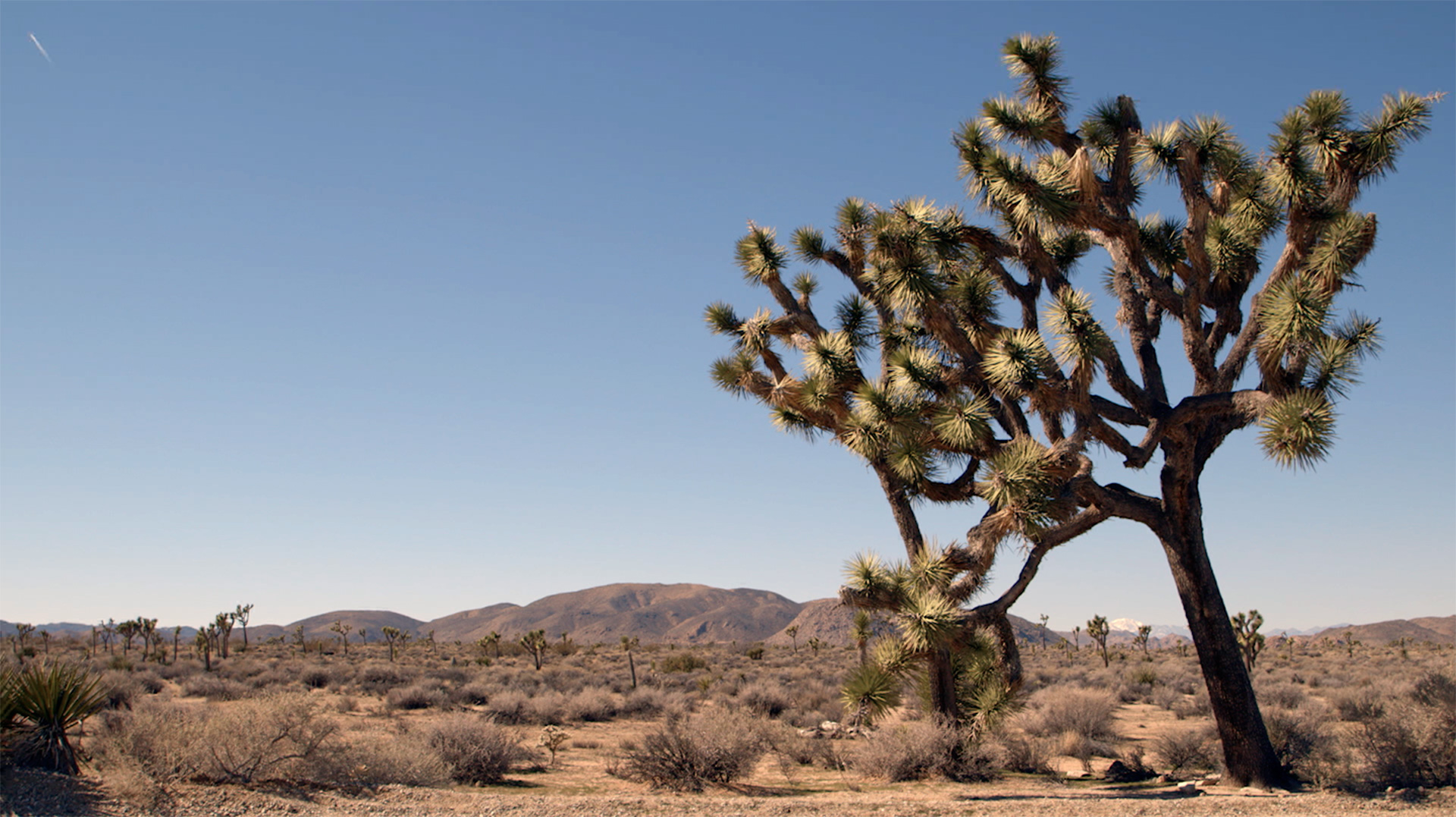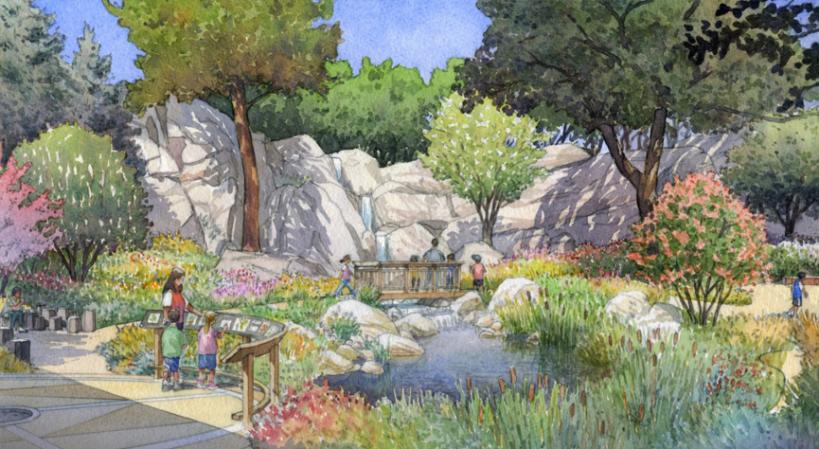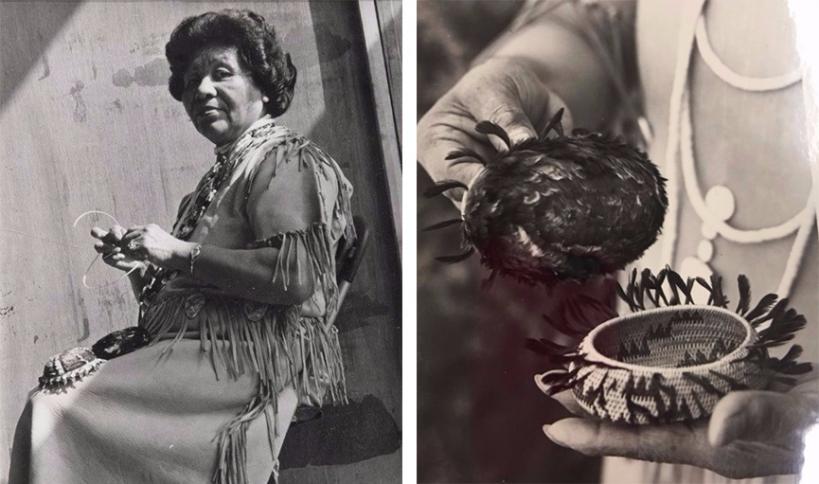
20 Sep The Autry Presents California Continued
Through the most significant renovation since its founding in 1988, the Autry Museum of the American West in Los Angeles, California, opens nearly 20,000 square feet of redesigned indoor and outdoor spaces on October 9, 2016. With new temporary and core galleries, an ethnobotanical teaching garden, and an immersive media projection room, California Continued explores the ongoing and interdependent relationships between people and the California environment. Drawing on a combination of Native cultural materials, firsthand perspectives, and contemporary artwork, this project connects Native Californian history, traditional ecological knowledge, and cultural practice to address environmental issues facing Californians today.
 California Continued includes: Human Nature, a long-term, core exhibition focusing on ongoing cultural practices for tending the environment; The Life and
California Continued includes: Human Nature, a long-term, core exhibition focusing on ongoing cultural practices for tending the environment; The Life and  Work of Mabel McKay, a temporary exhibition showcasing the legacy of this prominent Pomo basketweaver and healer; Human Nature Garden, an outdoor space that explores traditional and more contemporary uses of over 60 native California plants; and California Roadtrip, a virtual journey through the state’s most scenic and extreme landscapes. Developed with input from a wide range of Native American advisors, California Continued features many Native cultural objects and works of art on view for the first time. The project was made possible through the Autry’s extensive, decade-long preservation of the historic collections of the Southwest Museum of the American Indian, which followed the 2003 merger of the two museums.
Work of Mabel McKay, a temporary exhibition showcasing the legacy of this prominent Pomo basketweaver and healer; Human Nature Garden, an outdoor space that explores traditional and more contemporary uses of over 60 native California plants; and California Roadtrip, a virtual journey through the state’s most scenic and extreme landscapes. Developed with input from a wide range of Native American advisors, California Continued features many Native cultural objects and works of art on view for the first time. The project was made possible through the Autry’s extensive, decade-long preservation of the historic collections of the Southwest Museum of the American Indian, which followed the 2003 merger of the two museums.
“We are thrilled to introduce these powerful and interdisciplinary exhibitions,” said W. Richard West, Jr., the Autry's President and CEO. “As with our Native forebears, our relationship to the land is informed by art, cultures, and science. These new exhibitions celebrate our interconnectedness with the environment, using the lessons of the past to better understand our present and guide us in our shared future.”






No Comments